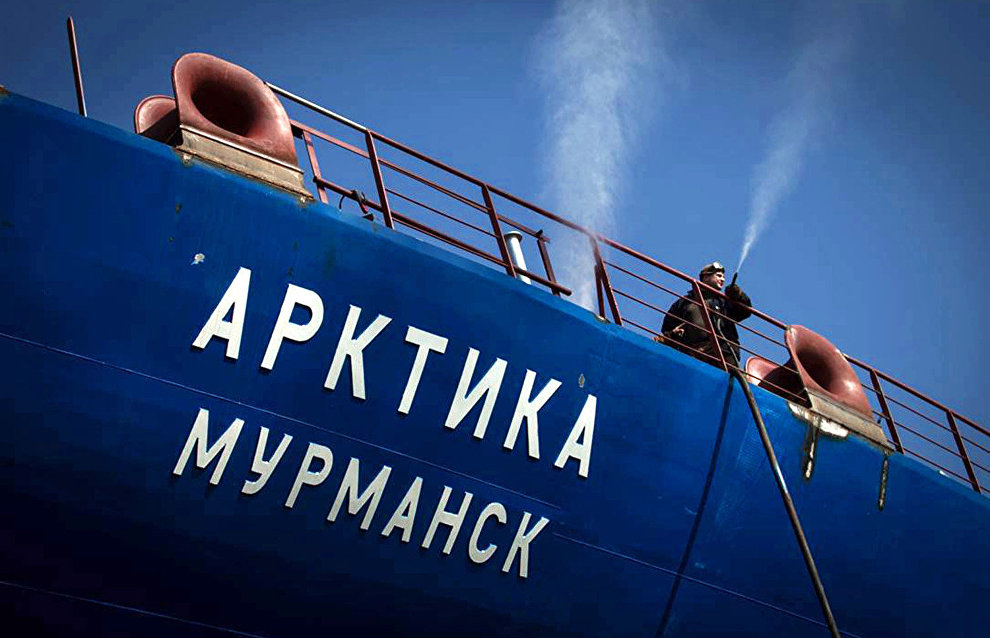Arktika nuclear-powered icebreaker launched in St. Petersburg
The nuclear-powered icebreaker Arktika has been launched at the Baltic Shipyard in St. Petersburg, TASS reports. This multirole double-draft icebreaker is the largest and most powerful in the world.
"The launch of Arktika is a tremendous victory in all respects. Today, we can say that this nuclear-powered icebreaker will enter service with Rosatomflot by late 2017. This will give Russia entirely new opportunities for maintaining its defense capability, ensuring all-year-round Arctic navigation and spurring national economic development in a region of vital importance for Russia and the world," Rosatom CEO Sergei Kiriyenko noted at the ceremony.
Others attending the event included Federation Council Speaker Valentina Matviyenko, President of the Association of Polar Explorers of Russia and Special Presidential Representative for International Cooperation in the Arctic and Antarctic Artur Chilingarov, and President of the United Shipbuilding Corporation Alexei Rakhmanov.
"It is hard to overestimate the achievements of our scientists, designers and shipbuilders. One feels proud for Russia and the people who have created such a ship," Matviyenko said.
The Project 22220 icebreaker Arktika was laid down in November 2013. Its main specifications are as follows: length, 173.3 meters; beam, 34 meters; displacement, 33,500 metric tons; crew, 75 officers and men. The icebreaker will feature a twin-reactor propulsion unit, with a 175-megawatt Rhythm-200 reactor unit generating most of the ship's steam.
Under a contract with nuclear-powered icebreaker operator Rosatomflot, the Baltic Shipyard will build three Project 22220 icebreakers. The Sibir, the second ship in the series, was laid down on May 26, 2015, and there are plans to lay down the Ural, the third ship in the series, in the autumn of 2016.
Project 22220 icebreakers will escort ship convoys in Arctic latitudes and smash through three-meter thick ice. Their double-draft hulls can effectively navigate the high seas and polar river estuaries.
